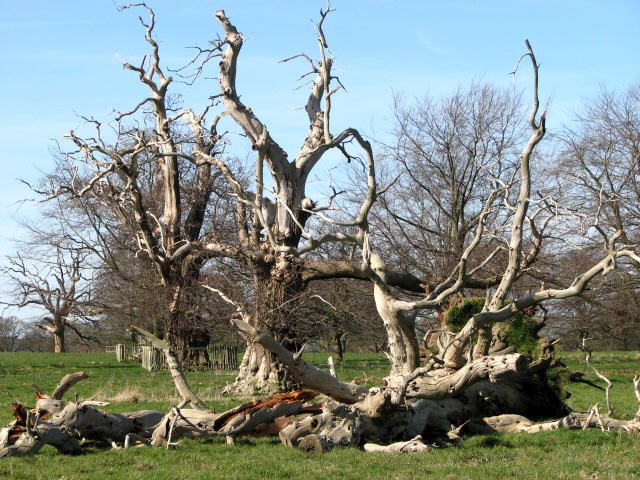You’ve probably gazed at an ancient tree and wondered what stories it could tell, yet you might not realize that some of the organisms around you have been quietly thriving for thousands of years. Methuselah, a Great Basin bristlecone pine (Pinus longaeva) in the White Mountains of California, has been measured by ring count to be approximately 4,853 years old. These remarkable survivors offer more than just impressive ages – they hold secrets about resilience that could change how you think about survival itself.
On every continent on the planet you can find ancient lifeforms that have been living for thousands, or even millions of years, their lifespans varying wildly depending on the type of organism. From glass sponges that might outlive entire civilizations to coral reefs that have weathered countless climate changes, these organisms have mastered the art of endurance in ways that continue to surprise scientists today.
Ancient Trees: The Silent Witnesses of Millennia
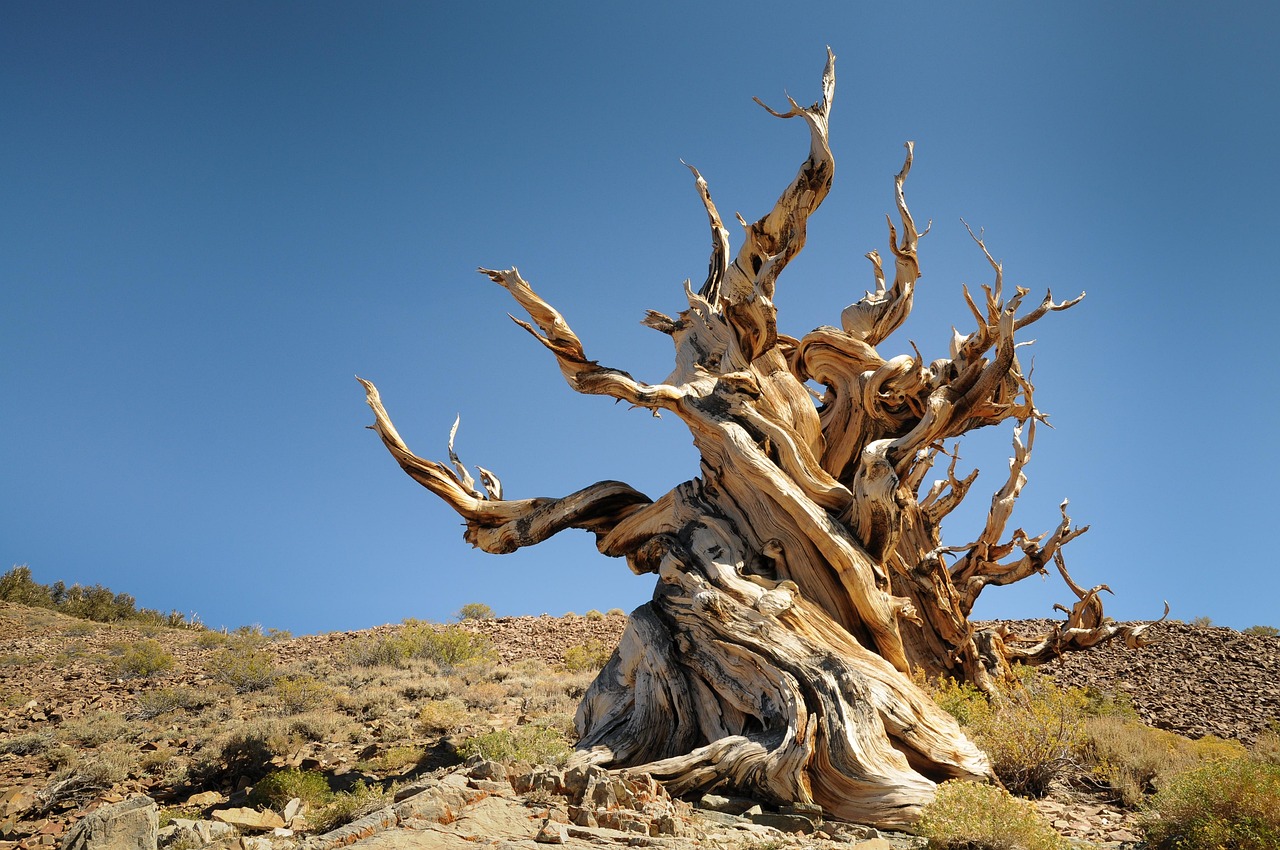
Earth is dotted with ancient trees representing the oldest individual examples of their species, the most elderly of which have been around for between 2,000 and 5,000 years, providing food and shade for some of the earliest human civilizations. These gnarled giants have stood firm through droughts, storms, and temperature swings that would devastate most other life forms.
Bristlecone pines are a small group of trees that reach an age believed by many scientists to be far greater than that of any other living organism known to man — up to nearly 5,000 years. What makes these trees so extraordinary isn’t just their longevity, but their ability to thrive in some of Earth’s harshest environments. They grow on rocky mountain slopes where few other plants can survive, teaching us that sometimes the most challenging conditions create the strongest survivors.
A core from the oldest known bristlecone pine revealed it was about 5,067 years old. That’s roughly the lifetime of 68 people combined! These living monuments show us how patience and adaptation can overcome seemingly impossible odds.
The Ocean’s Timeless Guardians: Glass Sponges
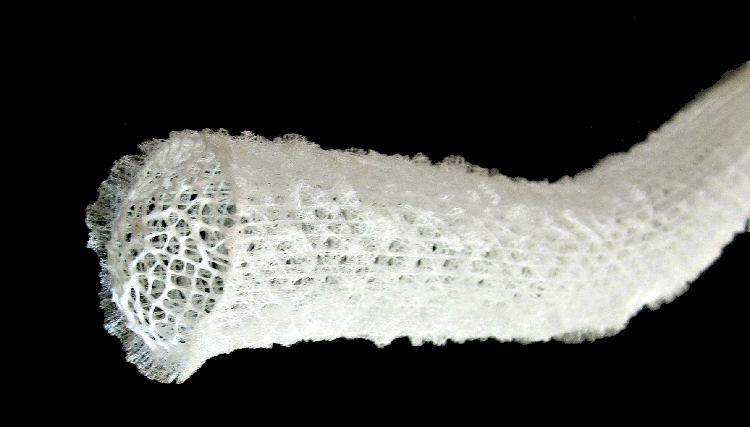
Glass sponges are considered the oldest animals on Earth – and it’s by a long shot. Imagine creatures so ancient they make the oldest trees look like teenagers. Glass sponges found in Antarctic waters and the Southern Ocean have been estimated to be more than 10,000 years old, with some potentially reaching 15,000 years or more. Although this may be an overestimate, this is likely the longest lived animal on Earth.
These remarkable organisms have discovered something profound about survival: sometimes doing less is more. Sea sponges may grow slower and live much longer in colder waters. They’ve mastered the art of slow living, filtering nutrients from water with incredible efficiency while maintaining their structure for millennia.
What’s truly fascinating is how these simple creatures have outlasted countless species that seemed more complex and better adapted. They remind us that in the game of survival, flashy isn’t always better – steady and reliable often wins the race.
Black Corals: Masters of Deep-Sea Endurance
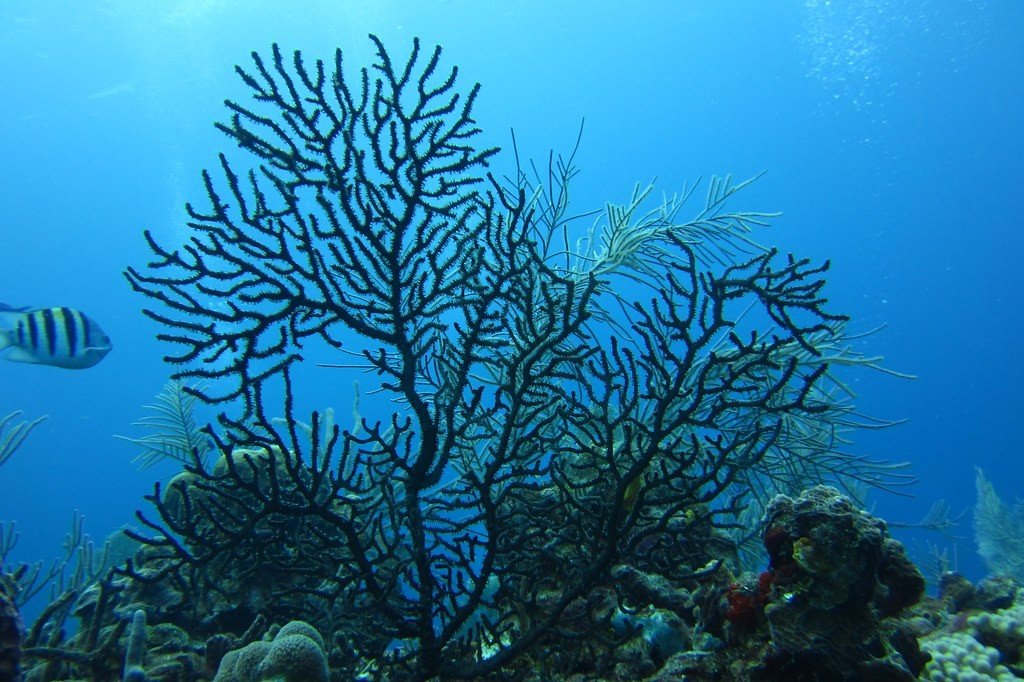
Specimens of the black coral genus Leiopathes, such as Leiopathes glaberrima, are among the oldest continuously living organisms on the planet: around 4,265 years old. These deep-sea builders have constructed their skeletal homes in some of the ocean’s most challenging environments, yet they’ve thrived where others have failed.
Black coral tree colonies, found, among other places, in the Milford Sound off the coast of New Zealand, are among the oldest continuously living organisms on the planet. Unlike their shallow-water cousins, these corals have found their niche in the deep, where conditions remain stable for centuries.
Their survival strategy is elegant in its simplicity: they’ve learned to work with their environment rather than against it. By choosing depths where temperatures remain constant and predation is minimal, they’ve created sustainable communities that can last for thousands of years.
Clonal Colonies: The Power of Shared Survival
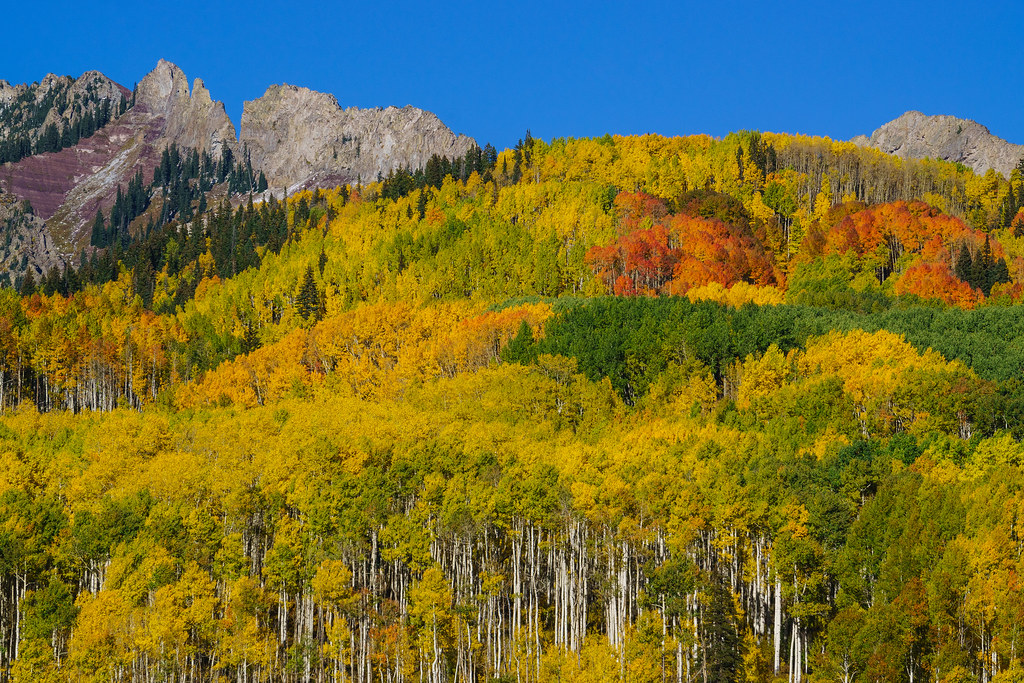
But the real longevity champions of the plant world are clonal colonies. These vegetation systems repopulate by self-replication so no part of the system is ever as old as the whole, but are all genetically identical and thus considered a single organism, often sharing a single root system. This strategy represents one of nature’s most brilliant survival innovations.
There are many estimates for the age of this organism, called Pando, with scientific estimates ranging from 80,000 to potentially over 100,000 years old. Pando, the massive aspen colony in Utah, demonstrates how cooperation and resource sharing can extend life far beyond what any individual could achieve alone.
All of the trees share the same root system and came from one seed, so they could be considered one living thing. This interconnected approach to survival shows us that sometimes the key to longevity isn’t individual strength, but community resilience.
Extremophiles: Life at the Edge of Possibility

Another remarkable example of adaptation is seen in extremophiles – organisms capable of thriving in extreme environments such as deep-sea hydrothermal vents, acidic hot springs, or polar regions. These resilient organisms have evolved unique biochemical and physiological adaptations that allow them to withstand conditions that would be lethal to most other life forms.
Consider the incredible tardigrades, microscopic creatures that redefine what we think is possible for life. They can easily survive temperatures up to 151℃, they can tolerate the great pressure of the deep sea, withstand 1,000 times more radiation than other animals and tolerate high levels of environmental toxins. These tiny “water bears” have mastered a survival trick that seems almost magical.
Cryptobiosis helps Tardigrades to cope with extreme environments, this slows their metabolism to a halt, reducing their need for oxygen and ridding their cells of water. In this shrunken state, tardigrades mimic death. When these mummy-like tardigrades are exposed to water again, they simply reanimate, returning to normal life in a matter of hours. This ability to essentially pause life itself offers profound lessons about adaptation and resilience.
Ancient Coral Reefs: Climate Change Survivors
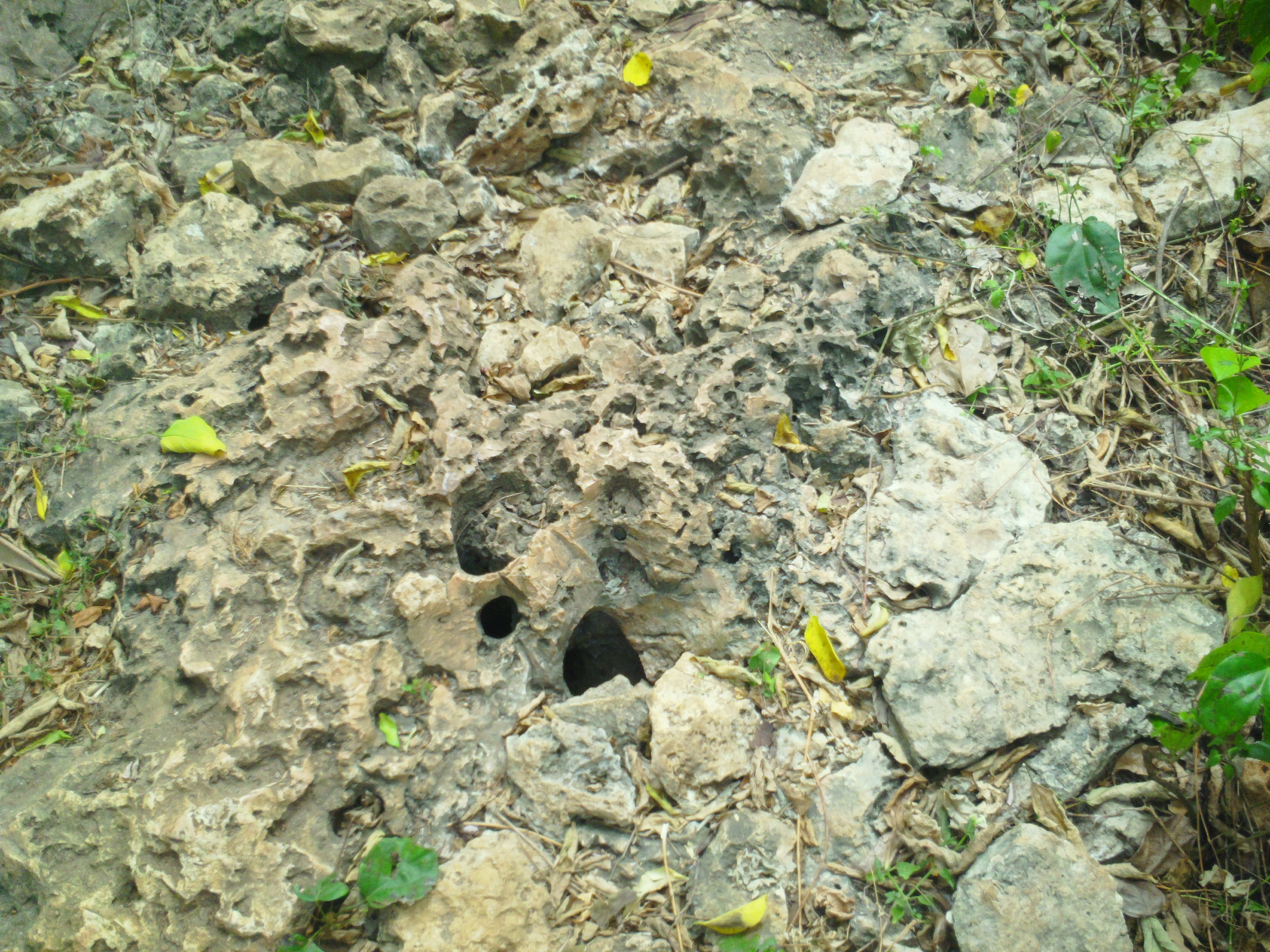
This overview of the evolutionary history of stony corals and their biomineralization process clearly shows that, although these organisms have experienced several major mass extinction events over geological time, reef-forming corals have continued to survive these events, as well as periods, such as the PETM, when atmospheric CO2 increased rapidly and markedly and was accompanied by a decrease in ocean pH.
Today’s coral reefs aren’t just pretty underwater gardens – they’re the descendants of organisms that have survived multiple climate catastrophes. The researchers found that there was a hiatus in coral growth between 4,400 and 1,000 years before 1950. Corals in certain deeper zones survived and, when the sea rose again, they repopulated the reefs in shallower areas where other corals had died out.
We document the living evidence and long-term ecological role of such a survival strategy in which isolated polyps from coral colonies affected by warming adopt a transitory resistance phase, in turn expressing a high recovery capacity in dead colony areas. Our results based on 16 years of monitoring show the significance of this process for unexpected recoveries of coral colonies severely affected by warming. These findings reveal that even in the face of warming oceans, some corals have hidden survival strategies we’re only beginning to understand.
Lessons in Slow and Steady Growth

From the intricate patterns of a snowflake to the majestic resilience of ancient trees, nature offers a wealth of lessons waiting to be learned. In a world constantly beset by change and uncertainty, the natural world stands as a profound teacher of resilience and adaptation. These ancient organisms teach us that survival isn’t always about being the fastest or strongest – sometimes it’s about being the most patient.
The oldest trees grow incredibly slowly, sometimes adding less than a millimeter of growth per year. Yet this deliberate pace allows them to develop dense, durable wood that can withstand centuries of harsh weather. They pepper the chilly waters around McMurdo Sound and their estimated age is based on the sheer size of the sponges, which only grow a tiny bit each year. This principle applies to sponges as well, where gradual growth creates structures that last for millennia.
In our fast-paced world, these organisms remind us that sustainable growth often means taking time to build strong foundations rather than rushing toward immediate results.
The Power of Strategic Resource Management
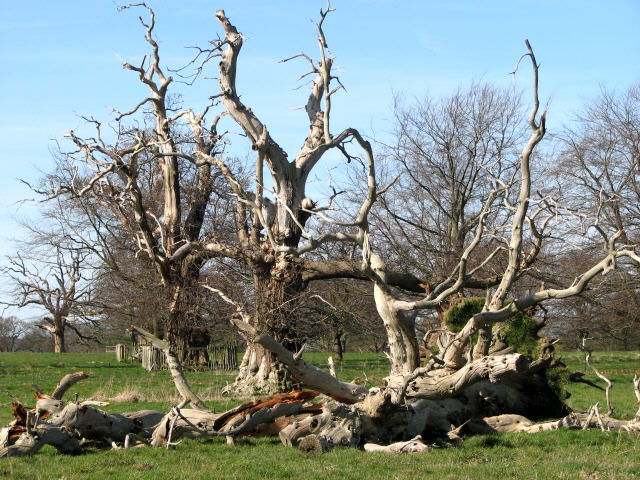
They show that resilience comes not from owning more, but from knowing more. These skills strip survival down to its essence: connection, adaptability, and stewardship. Ancient organisms have mastered the art of making the most with the least, a lesson that extends far beyond biology.
One of the most profound lessons from Indigenous survival practices is the perspective they espouse and embody: Nature is not something to conquer, but an elder and teacher from whom to learn and with whom to collaborate. Traditional skills like foraging, hunting, and fishing are grounded in respect and reciprocity. For instance, Indigenous peoples take only what they need and perform Ceremonies of gratitude to acknowledge the life they are taking.
Similarly, the longest-living organisms never overexploit their resources. They’ve learned to live within their means, taking only what they need to survive while ensuring their environment remains sustainable for the long term. This balance between consumption and conservation is perhaps their greatest teaching.
Adaptation Strategies That Span Millennia
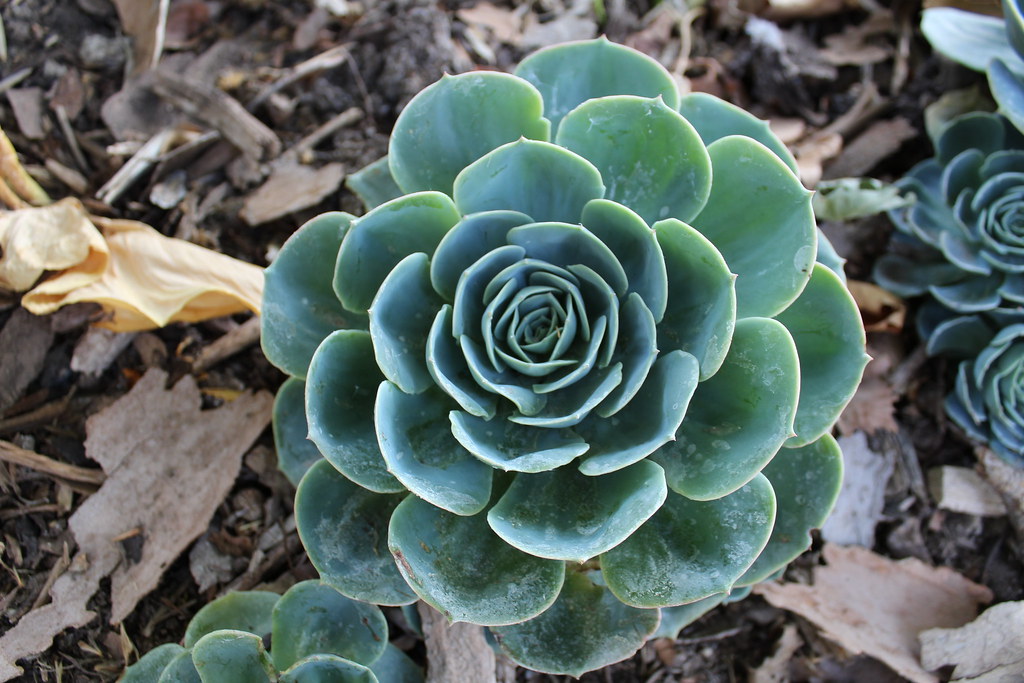
For millennia, organisms have evolved and thrived in diverse ecosystems, honing strategies to survive in the face of adversity. From the hardy desert succulents to the tenacious bacteria thriving in extreme environments, nature offers a wealth of lessons on resilience and adaptation that can inspire and inform human endeavours.
Over geological time, natural selection facilitated the adaptation to changing ocean conditions, such that, although coral species inevitably change, the group as a whole has survived. This flexibility within stability represents one of nature’s most powerful survival strategies. Individual species might disappear, yet the overall group adapts and continues.
Some researchers believe that an organism capable of alternating between these two strategies may be the most successful organism in the long term because of its ability to adapt and survive under a much broader range of conditions. The most successful ancient organisms have learned to be generalists when necessary and specialists when conditions allow, switching strategies as their environment demands.
What Ancient Wisdom Means for Modern Resilience
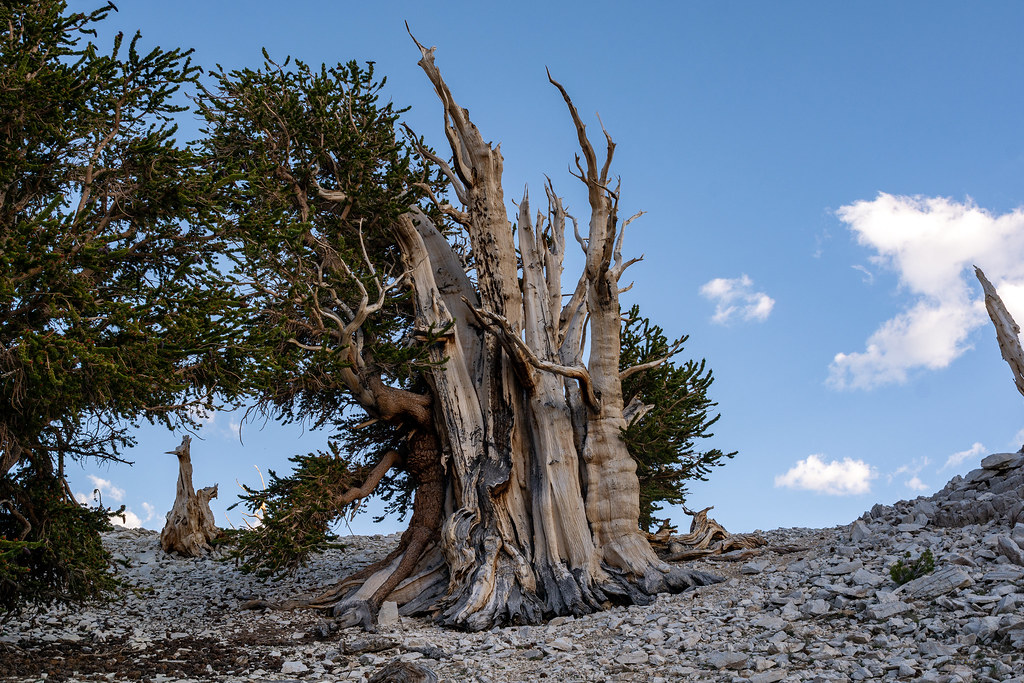
This project seeks to understand, instead, what ancient societies can tell us about resilience – not as the ability to bounce back to a previous state after a crisis, but as the ability to embrace transformation to bounce forward, and as the ability to preserve core values and traditions even in the face of tremendous loss. The ancient organisms around us embody this same principle of transformative resilience.
The natural world serves as a powerful source of inspiration and guidance in our quest to build resilience and adaptability in the face of uncertainty. By observing and learning from the strategies employed by organisms to survive and thrive, we can apply these principles to our own lives and communities. As we confront the myriad challenges of the modern world, let us draw upon the wisdom of nature to foster resilience, adaptability, and sustainability for generations to come.
These organisms teach us that true resilience isn’t about avoiding change – it’s about developing the capacity to adapt while maintaining core functions and values. They show us that survival often depends on community, patience, and the wisdom to know when to grow and when to pause, when to specialize and when to diversify.
Conclusion: Timeless Lessons for an Uncertain Future
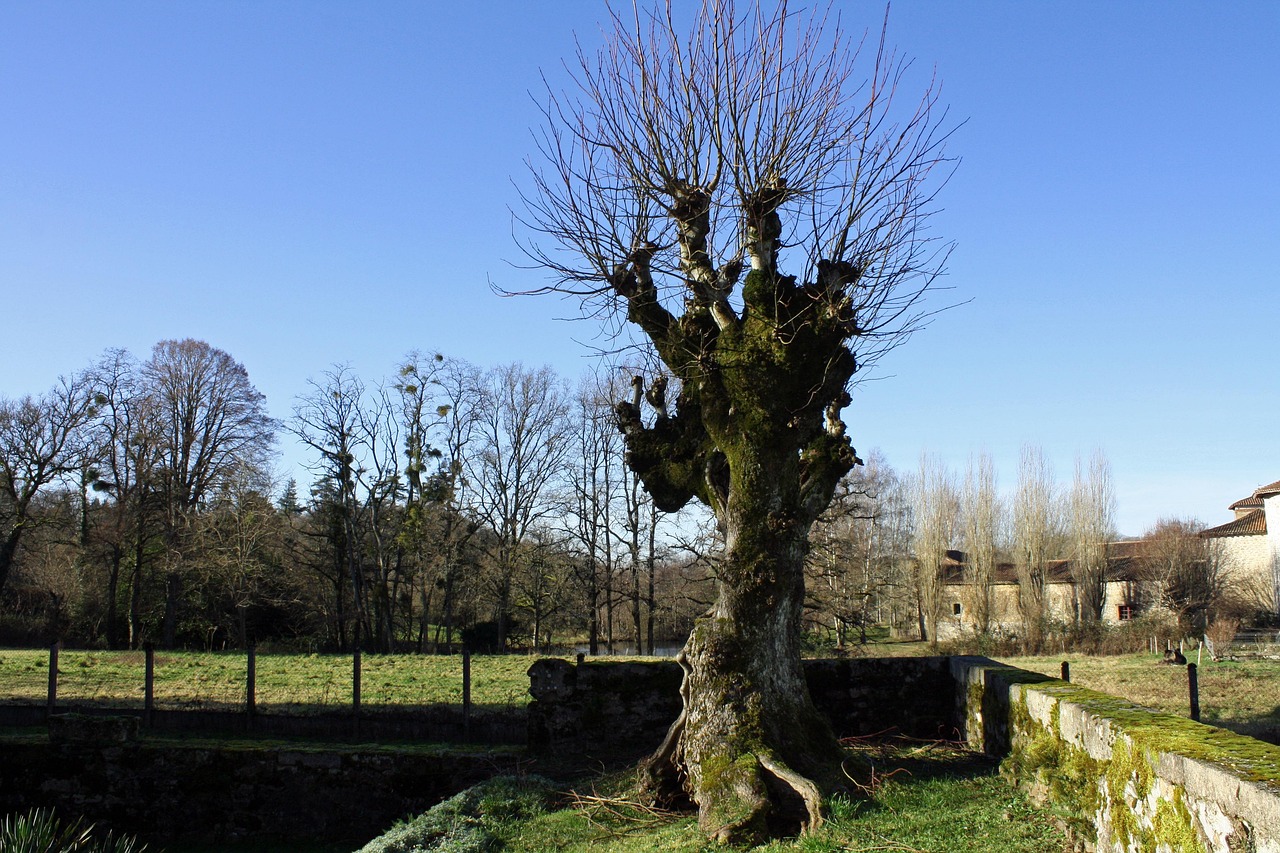
The Earth’s oldest living organisms have weathered ice ages, volcanic eruptions, asteroid impacts, and countless other challenges that would seem insurmountable to us. Scientific reports say that this tiny creature will likely be the last one standing after all other complex life on Earth is gone. In fact, they will be around for at least another billion years – a lot longer than humans. Their secrets aren’t magical – they’re practical strategies refined over thousands of years.
These ancient survivors teach us that resilience comes from understanding our environment, working with natural cycles rather than against them, building strong communities, and maintaining the flexibility to adapt when change inevitably comes. They remind us that in a world obsessed with speed and immediate results, sometimes the greatest strength lies in patience, persistence, and the wisdom to think in terms of centuries rather than moments.
What do you think about applying these ancient lessons to your own life? Tell us in the comments.

Hi, I’m Andrew, and I come from India. Experienced content specialist with a passion for writing. My forte includes health and wellness, Travel, Animals, and Nature. A nature nomad, I am obsessed with mountains and love high-altitude trekking. I have been on several Himalayan treks in India including the Everest Base Camp in Nepal, a profound experience.

